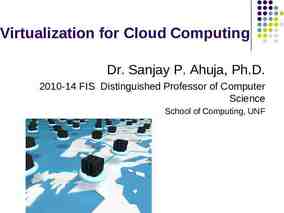Ecological Succession Change in an Ecosystem
11 Slides924.00 KB

Ecological Succession Change in an Ecosystem

What is Succession? Natural, gradual changes in the types of species that live in an area; can be primary or secondary. The gradual replacement of one plant community by another through natural processes over time.

Primary vs. Secondary Succession Primary The gradual growth of an ecosystem in an area lacking soil over a long period of time. Often takes several hundred to a few thousand years. Secondary: Occurs when a plant community has been destroyed without severe disturbance to the soil. Typically much faster but not always.

Primary Succession Begins in a place without any soil: – Sides of volcanoes Landslides – Flooding – Starts with the arrival of living things such as lichens that do not need soil to survive. These organisms like lichens are called PIONEER SPECIES.

Primary Succession Soil starts to form as lichens and the forces of weathering and erosion help break down rocks into smaller pieces and move them to new areas. When lichens die, they decompose, adding small amounts of organic matter to the rock to make soil.

Primary Succession Simple plants like mosses and ferns can grow in the new soil.

Primary Succession The simple plants die, adding more organic material to the soil. The soil layer thickens. Grasses, wildflowers, other plants, and small animals begin to take over.

Primary Succession As grasses and other plants die, they add more nutrients to the soil. Shrubs, tress and larger animals can now survive in the area.

Primary Succession

Secondary Succession Secondary Succession is initiated by an event. For example: a forest fire, hurricane, or harvesting a crop The already-established ecosystem is reduced or drastically changed. Secondary Succession occurs on land with preexisting soil. The process is similar to Primary Succession thereafter.

Secondary Succession






